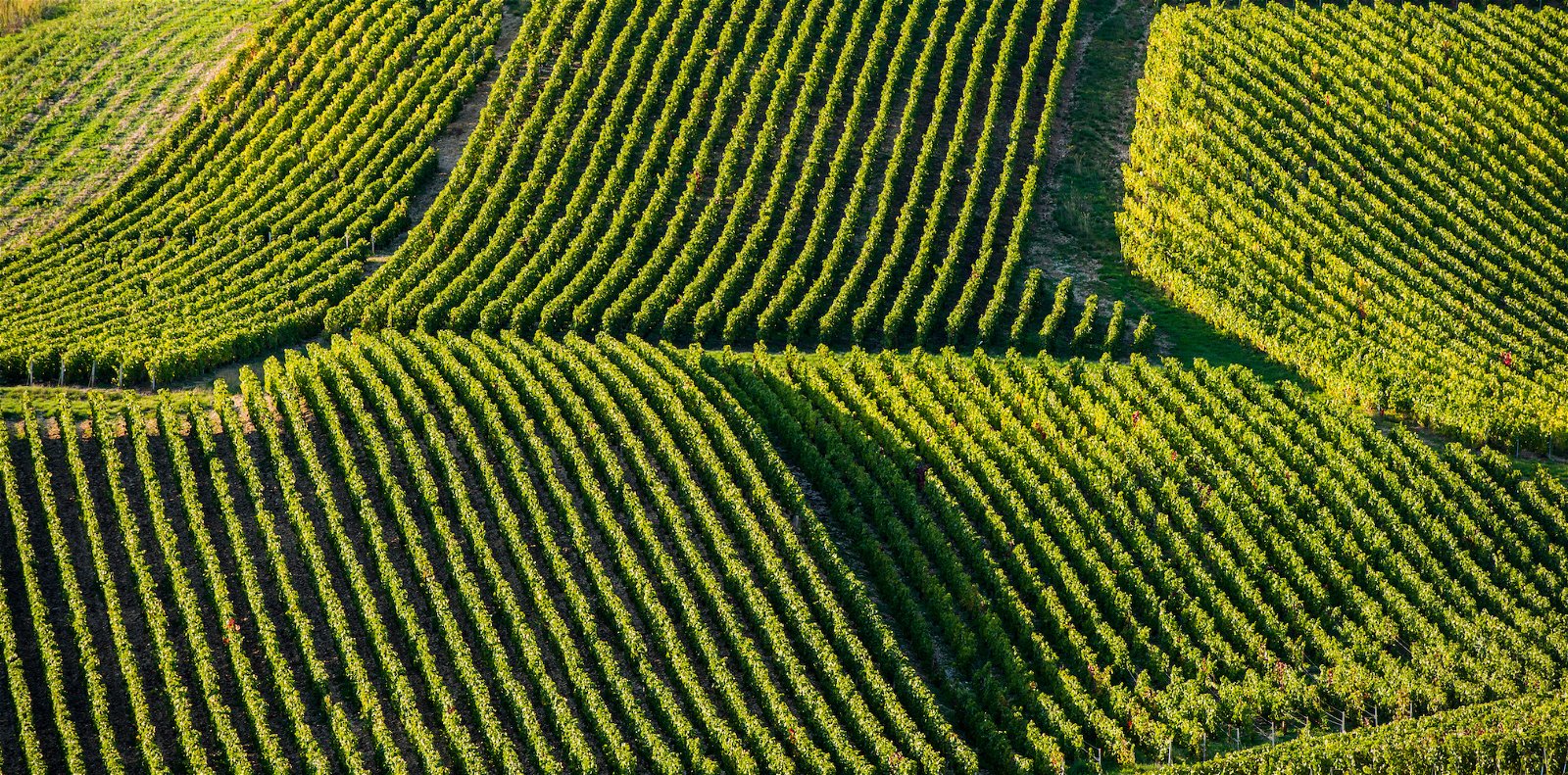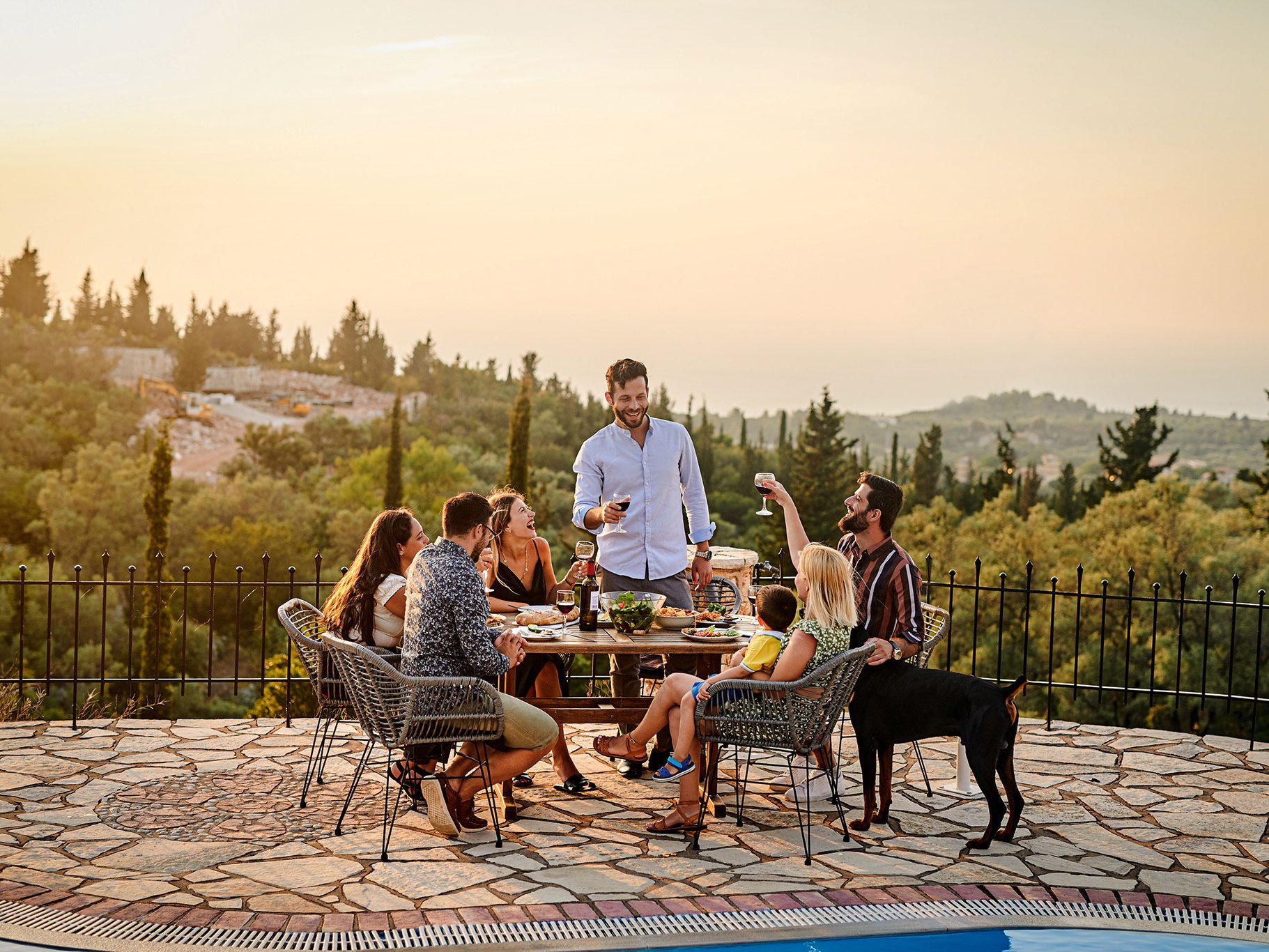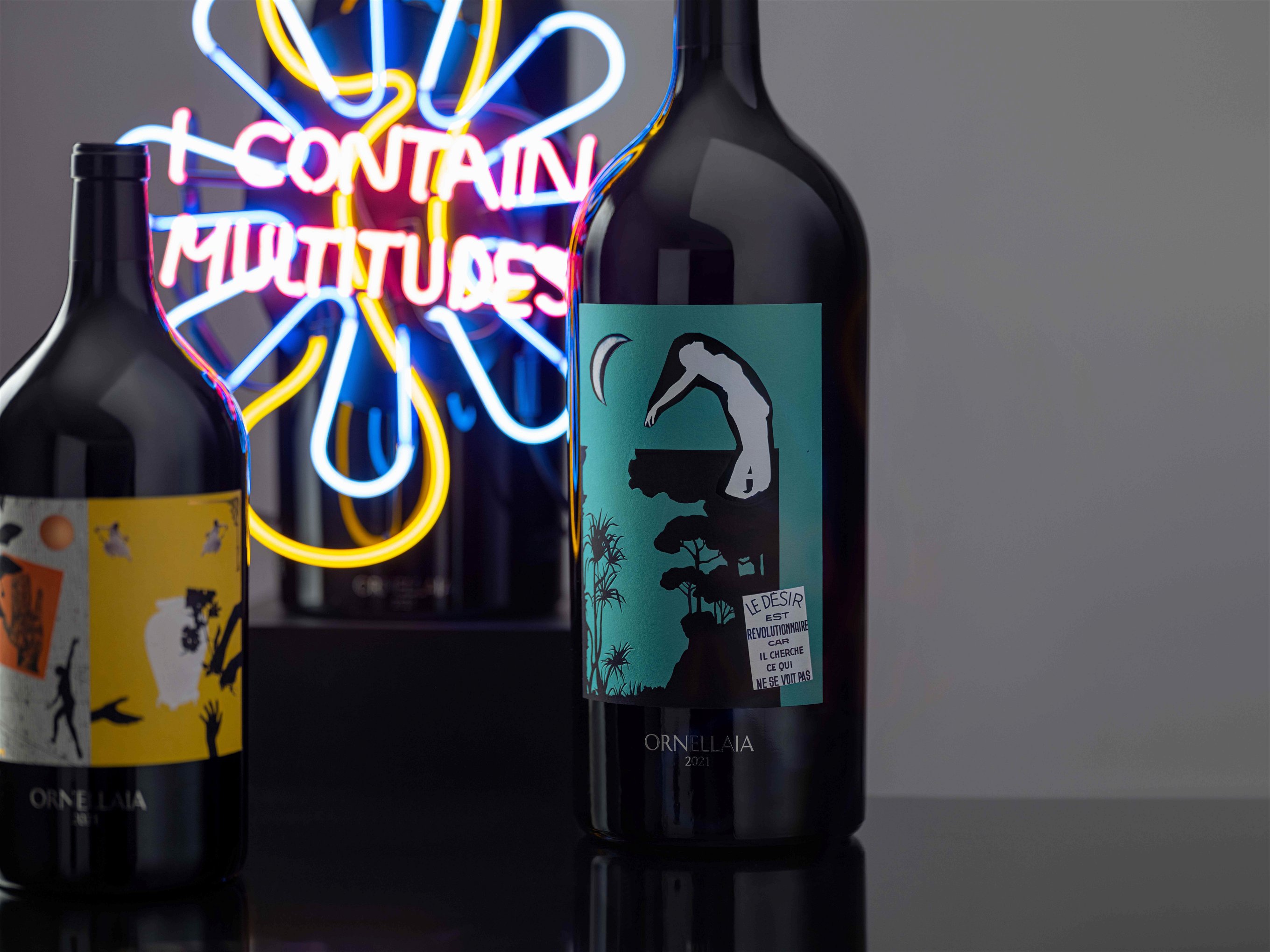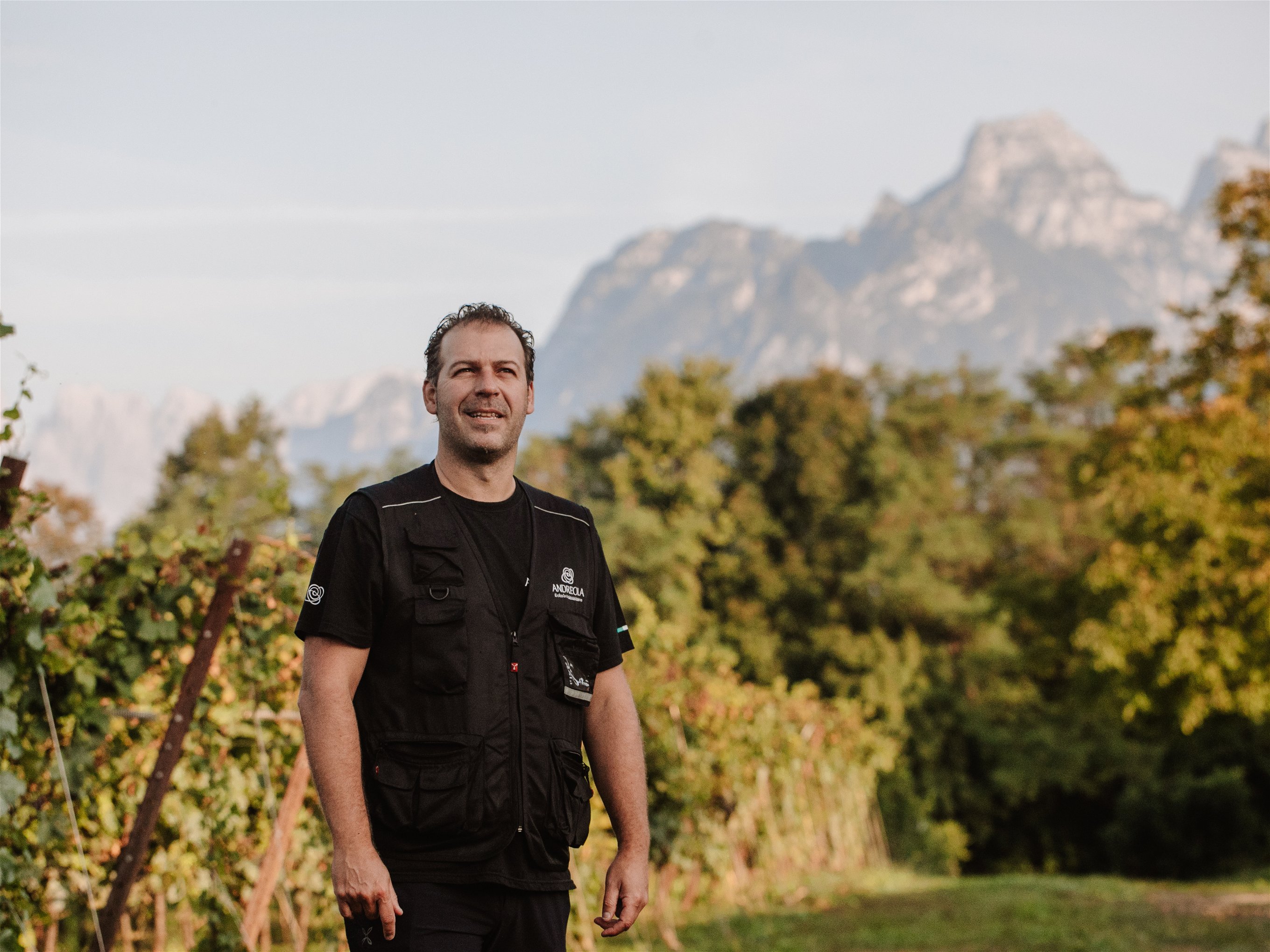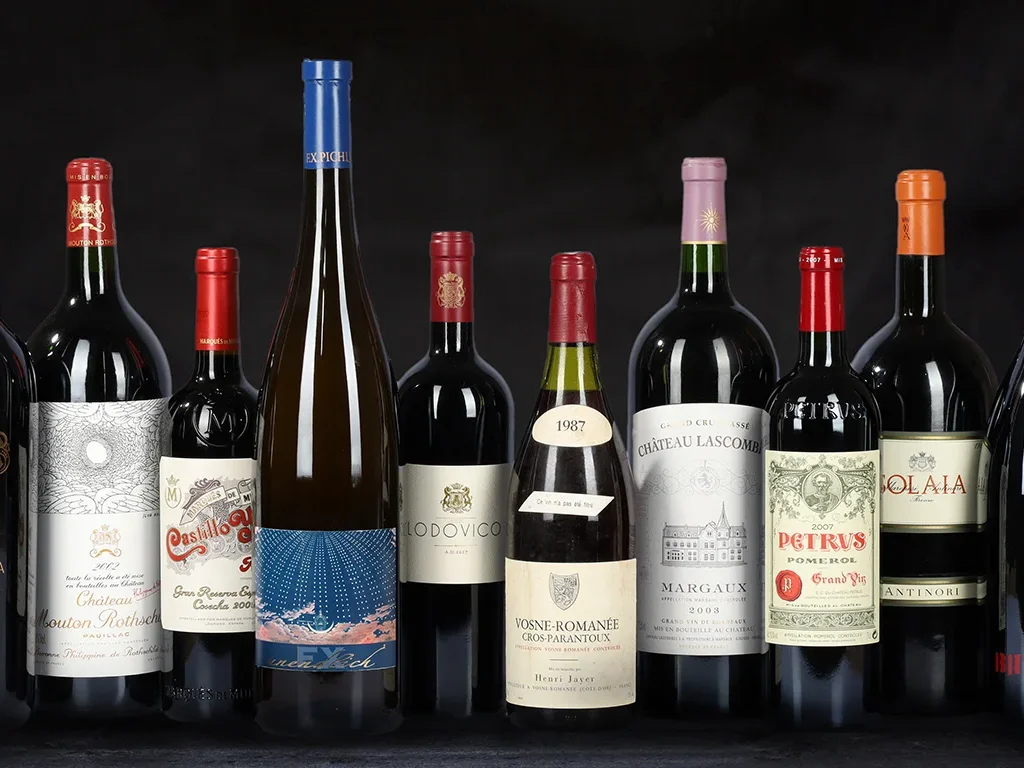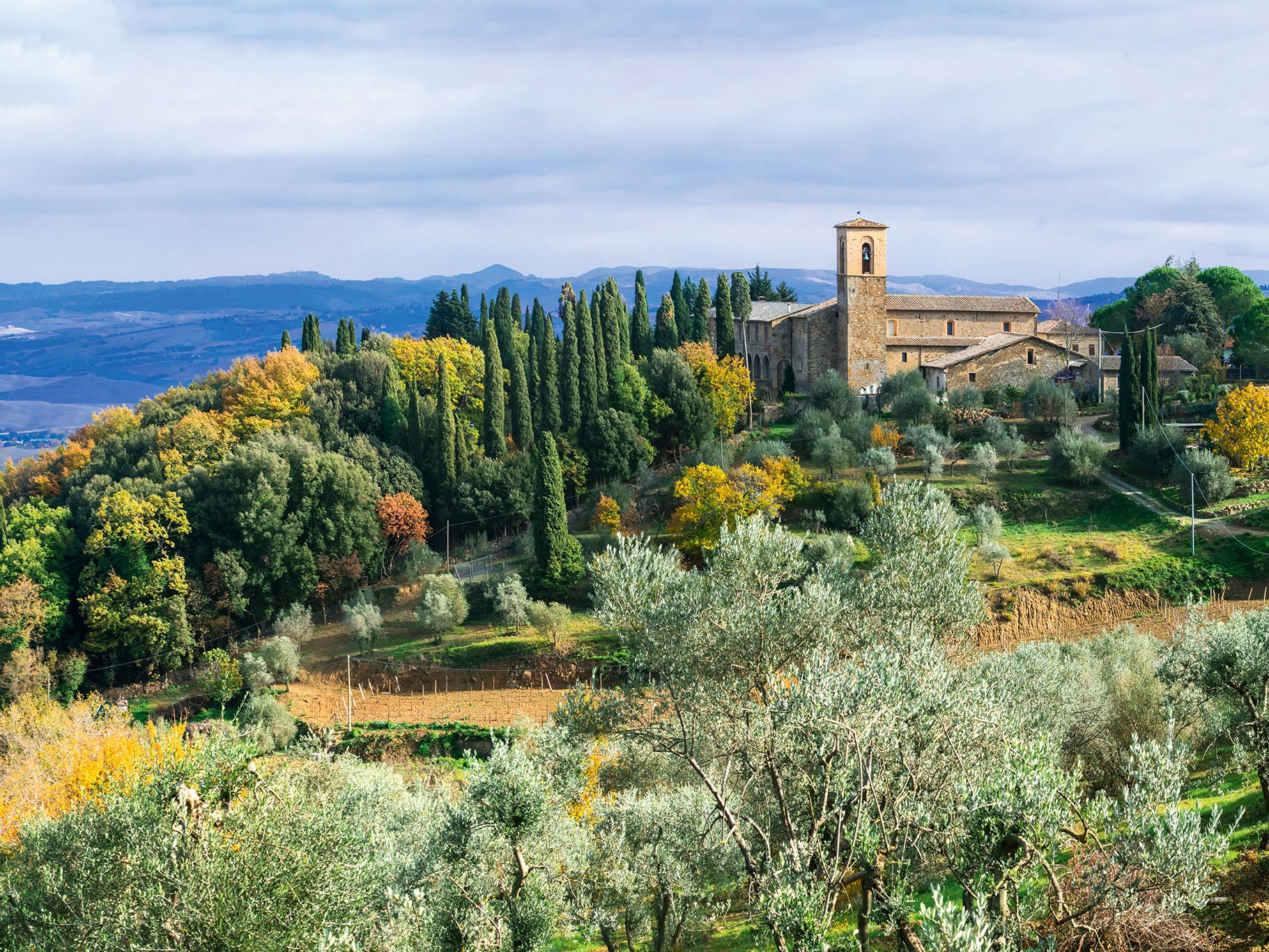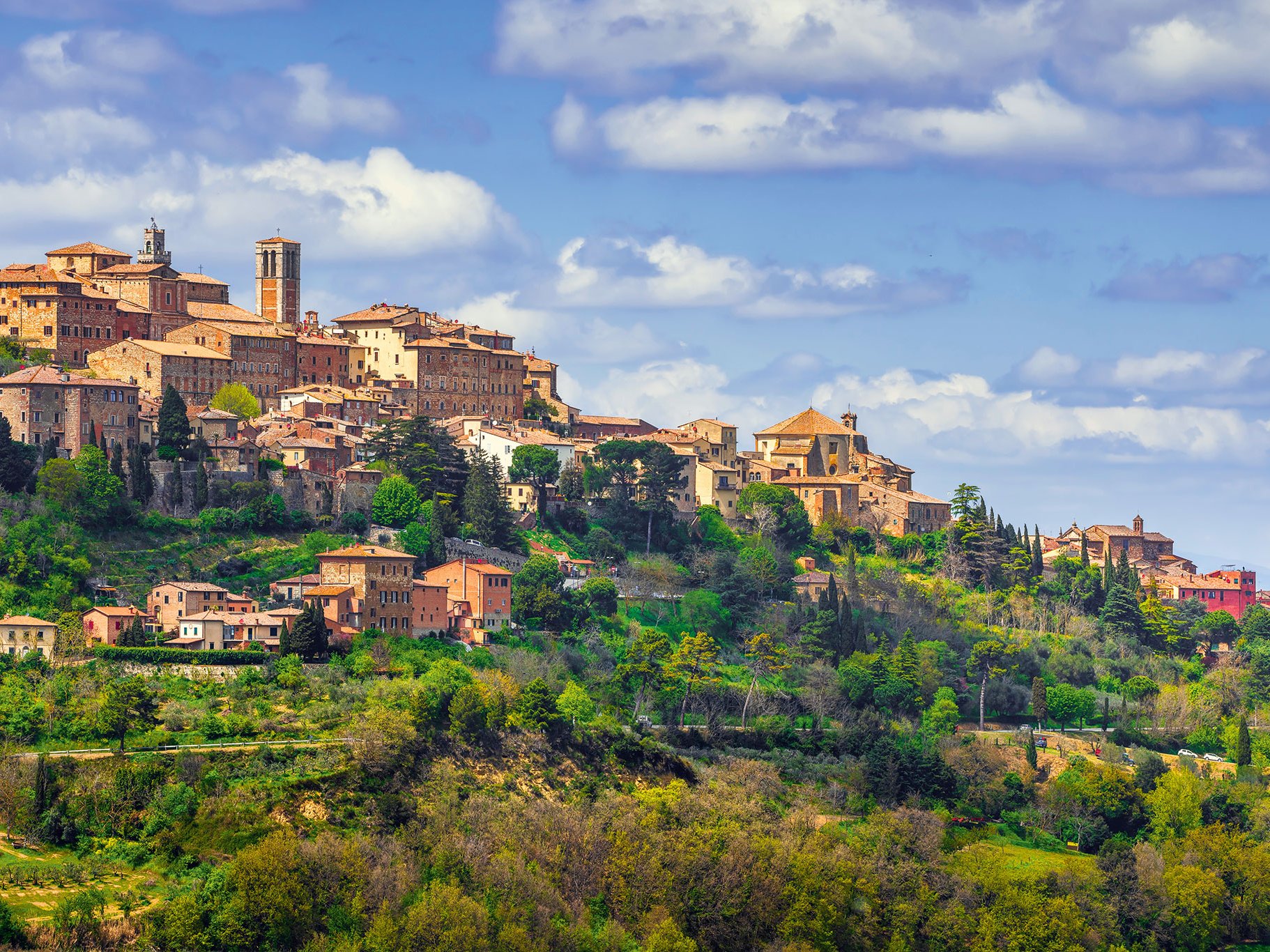North of Durbanville, the Swartland extends from the coast to the interior. Although it covers an enormous area, viticulture is concentrated around Piketberg in the north, Paardeberg in the south and Wellington and Tulbagh in the southeast. The climate prevailing here has provided for a very special type of vine training, the so-called bush vine training. On the slate soils, which are older than, for example, the table mountain sandstone, the vines can root very deeply without wire frame training and thus cope very well with the dry conditions. They produce only low yields, but a dense, enormously concentrated wine. However, it is not possible to produce quantities with them.
The vineyards are located on gently rolling hills mostly on ancient slate, interspersed with sandstone and granite. Because of the possibility of producing high-quality wines here, the Swartland is extremely interesting for young winemakers, but the region also supplies the larger operations in Stellenbosch with Cabernet Sauvignon and Pinotage, for example. Another dynamically growing region is the small Tulbagh, which borders the Swartland to the southeast.
This region is surrounded on three sides by mountain ranges, which provide a climatic phenomenon. The air cooled during the night has difficulty leaving the valley during the day, thus providing measured climatic conditions even without the influence of the sea.
Record-breaking is the Cederberg region which adjoins to the east, even though there are only a few wineries here; these are located at 950 to almost 1100 meters above sea level, making them the highest vineyards in Africa. Viticulture is practiced here on a narrow strip between the rocks of the Cederberg massif, on soils composed of granite, shale, sandstone, and sand-loam mixtures. This altitude produces elegant, rather slender and balanced wines that rely less on power.
